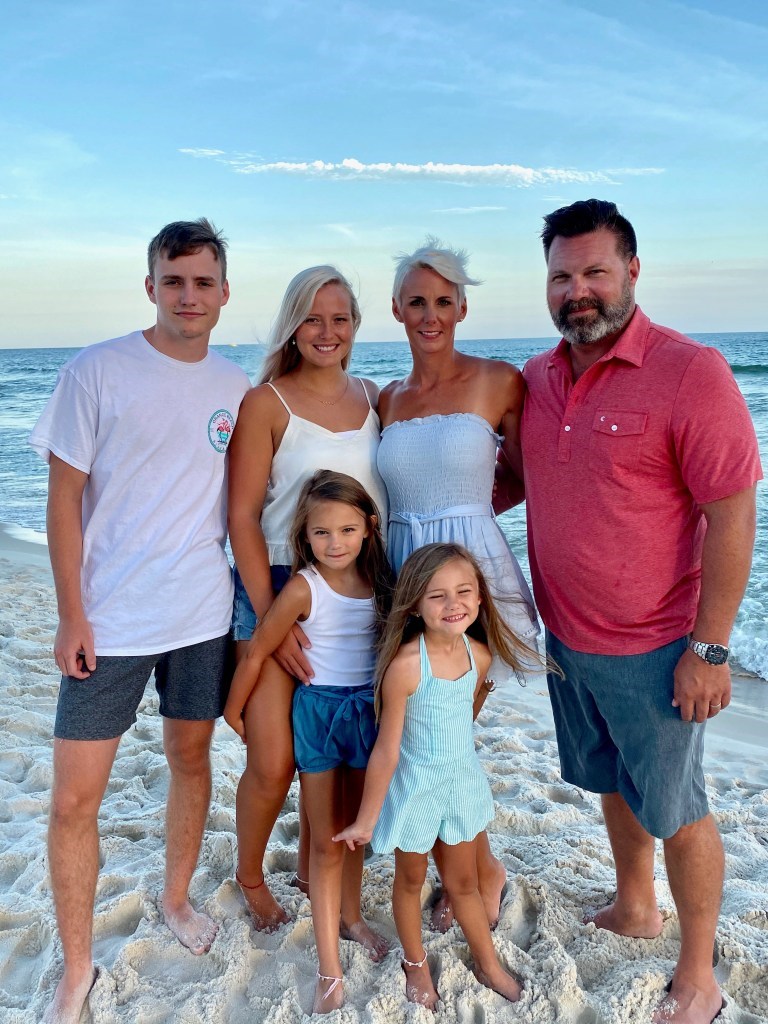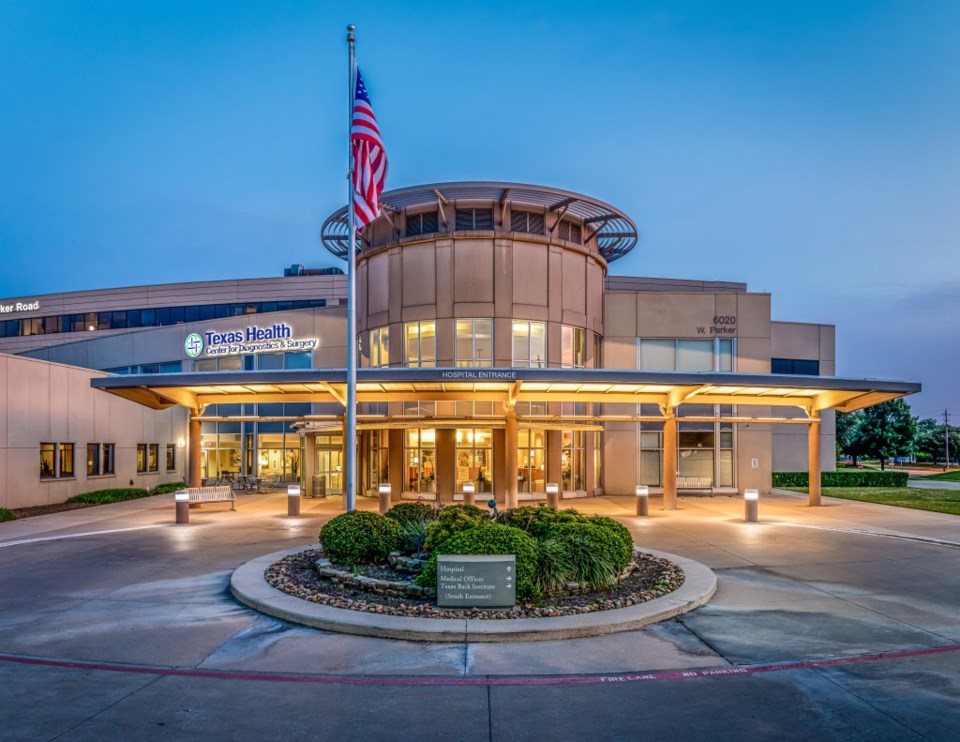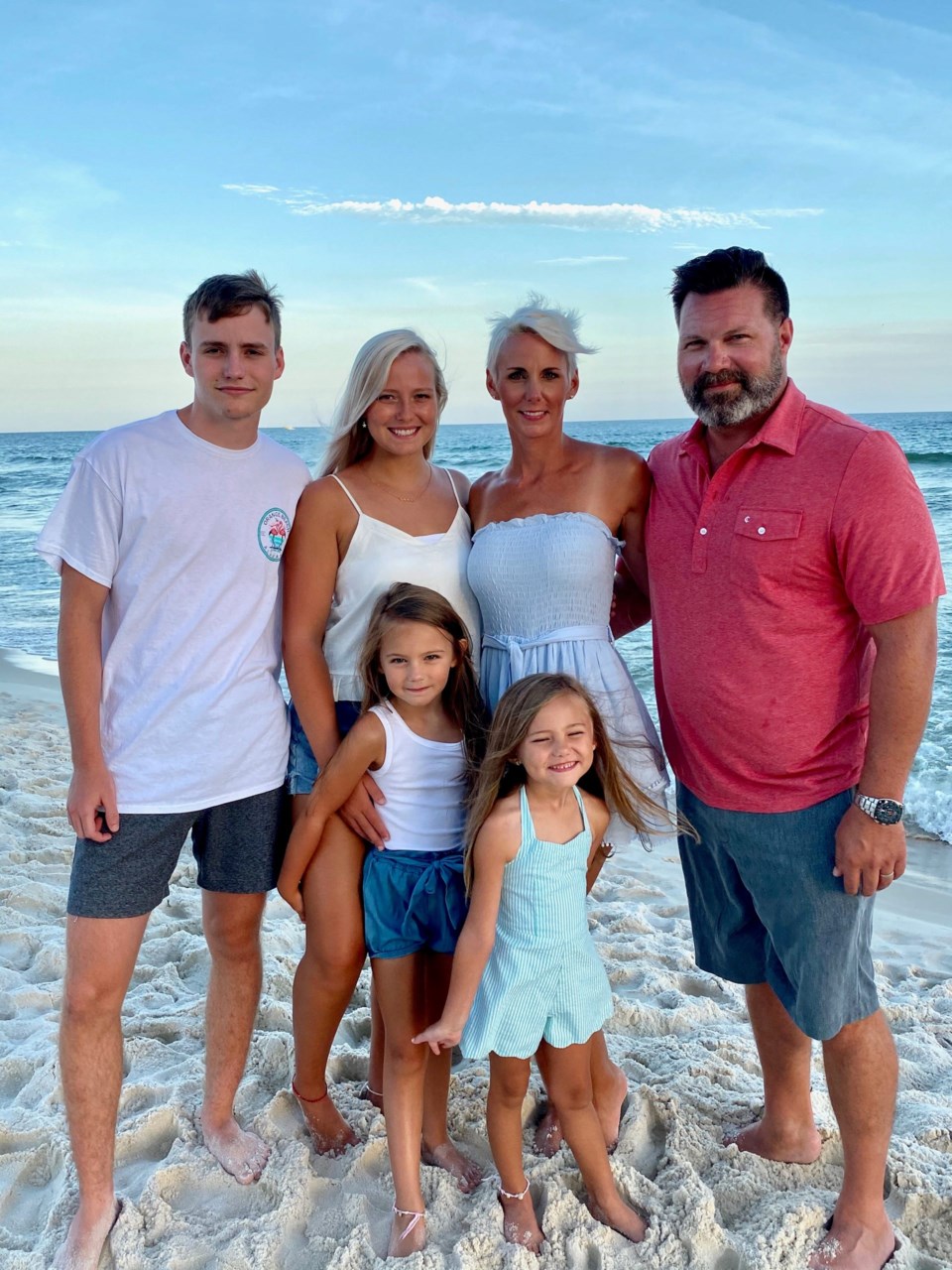As a spinal implant distributor, Randall Alexander has extensive knowledge of spine surgery. But he never expected to be the patient lying on the operating table.
That changed in March of 2020.
"Up to that point, I'd not had any back issues," Randall said. "During the pandemic, I was hitting into the golf net. And at some point, I tweaked my back from a pretty violent swing. My leg became pretty painful. I knew quickly that I had some kind of herniation."
The pain, numbness, and weakness grew so severe over a period of six weeks that Randall couldn't walk or even get out of bed.
"I'll never say the pain was at a 10, but I will say it was at a 9.5," Randall recalls. "It is the worst pain I've even had in my life. It's the most debilitating situation that I've ever encountered. And I'm an ex-military guy. To have missed my daughters' ball games, just lying in bed two Saturdays in a row, that screamed 'something's wrong.'"

Sure enough, imaging from a primary care physician confirmed that Randall had a large disc herniation that was crushing one of the nerves in his low back. Randall knew he needed surgery and wanted the least invasive procedure possible, so he sought out Dr. Peter Derman, an ultra-minimally invasive and endoscopic spine surgeon on staff at Texas Health Center for Diagnostics and Surgery (THCDS) in Plano, Texas.
Dr. Derman met with Randall, reviewed the imaging studies, and determined that Randall would be an ideal candidate for Endoscopic spine surgery.
Unlike traditional spine surgery, which involves stripping or burning the muscles off of the spine, endoscopic spine surgery is an ultra-minimally invasive technique that preserves these structures, allowing for rapid recovery.
During an endoscopic procedure, a narrow camera is inserted through an 8-mm skin incision (less than a finger's width). The surgeon views live video on an ultra high definition screen as tiny tools are used to alleviate pressure from the spinal nerves within. Bone spurs, overgrown tissue, and disc herniations can all be safely removed, typically in an hour or less. No screws, no rods, no fusion. Patients are comfortably discharged home within a couple hours of their operation.
Randall had to be brought into THCDS in a wheelchair when he arrived for surgery. "I was having trouble walking with that searing, unbelievable pain. And I woke up and walked out of the hospital a couple of hours later, with a sub centimeter incision. And 99% pain free. That is a game changer. It's really a game changer."

"Many patients are up and home in time for brunch. Brunch after spine surgery!" Dr. Derman reports. "And I want them to be active. As soon as they feel up to it, they can walk to their hearts' content -- even on the day of surgery. Go to the gym; use an elliptical; take a spin class."
Now, less than a year after his surgery, Randall is still doing great. He praises Dr. Derman's work as well as the facilities and service at THCDS that made his procedure all the more incredible.
"THCDS knew that I was in pain and acted accordingly," Randall recalls. "Anything to try to accommodate and assist me. Everything from helping me get through the paperwork process quickly, to getting me into a room where I could prop a pillow under my leg. I was obviously in pain, and there was never an attitude of 'this is just another patient running through here.' There was a great level of compassion there. Top notch."
Find out more at https://thcds.com/endoscopic-spine-surgery




